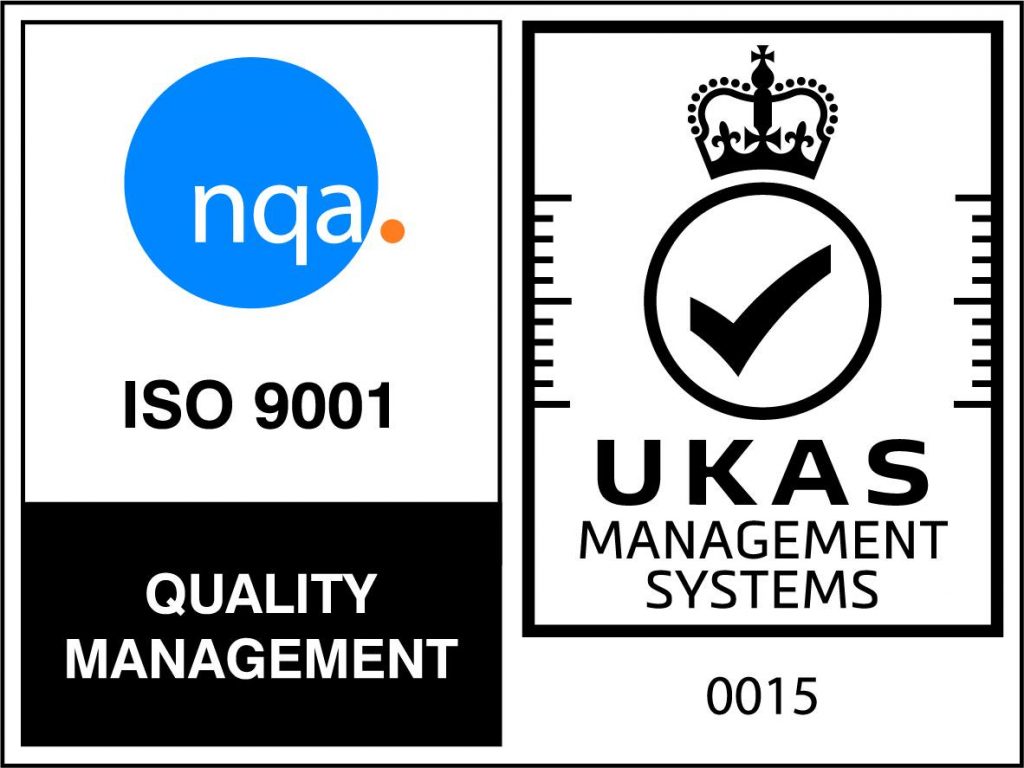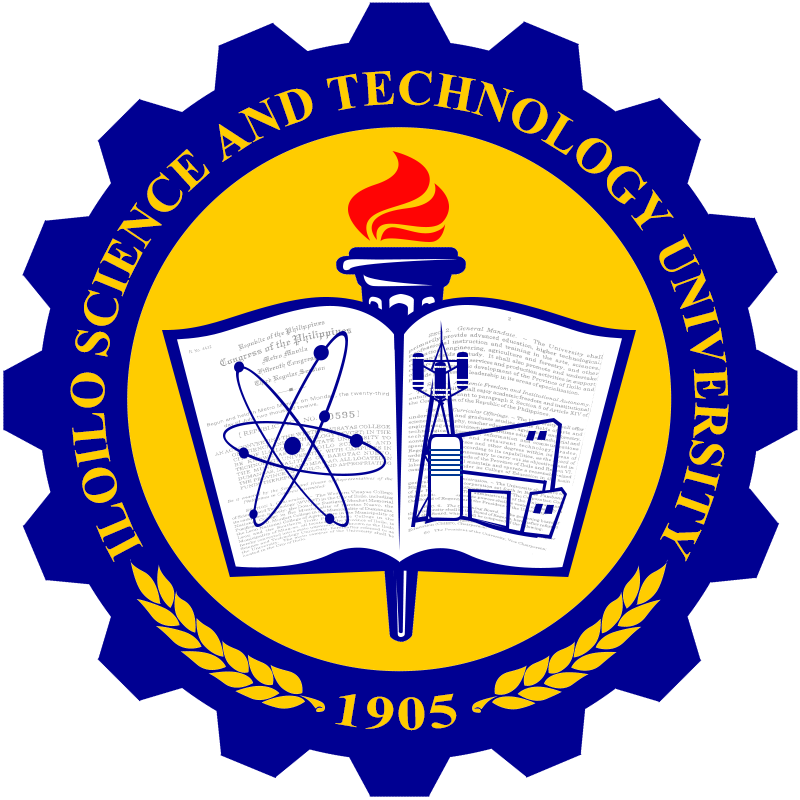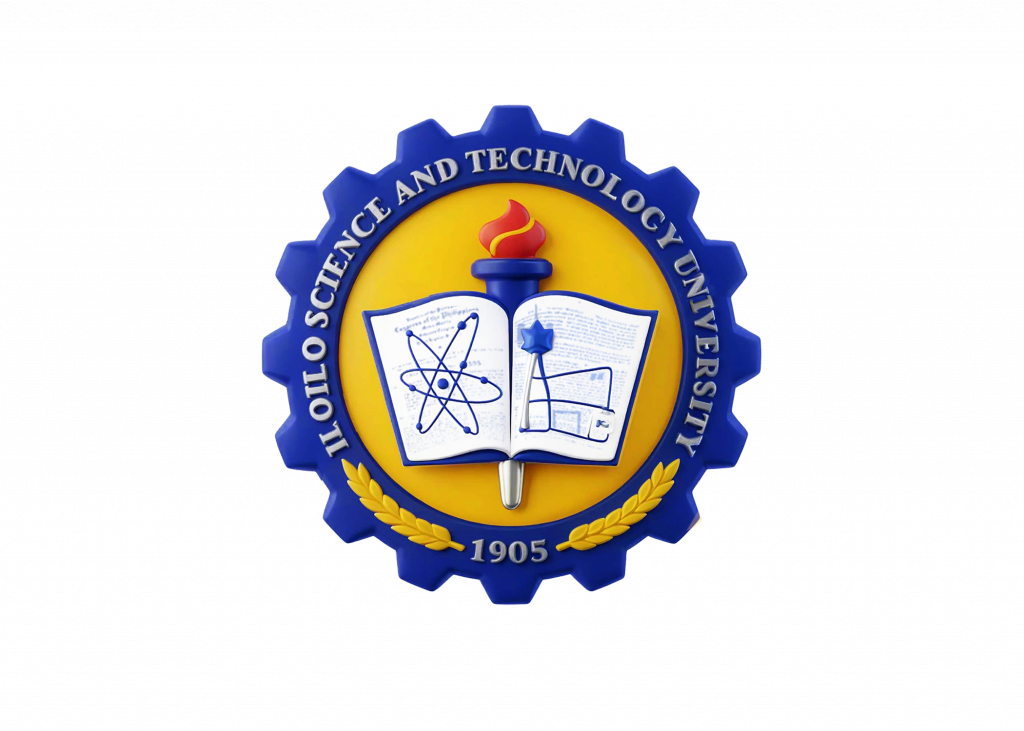The ISAT University administration conducted several dialogues and orientation with stakeholders through Zoom and Facebook live.
First among the series is a systemwide orientation for first year students held last September 21, 2021. The activity highlighted the services of the offices like the virtual learning environment (VLE),

registrar, library, medical dental and the office of student affairs and services in anticipation of the usual queries and needs of those who are new to the University.
On October 4, 2021, another round of student – administration dialogue was initiated through the office of VP for Academic Affairs and Office of Students Affairs and Services. This is also a systemwide dialogue aimed at soliciting feedback from students and provide the administration the opportunity to address them.
 The 3rd round of dialogue was in between the administration and the parents or guardians held last October 6. It was spearheaded by the Parents Affairs and Relations office and was designed to get valuable inputs from the parents on issues affecting them and their students. Most concerns delved on the use of the VLE, projects and requirements of students and availability of scholarships, etc.
The 3rd round of dialogue was in between the administration and the parents or guardians held last October 6. It was spearheaded by the Parents Affairs and Relations office and was designed to get valuable inputs from the parents on issues affecting them and their students. Most concerns delved on the use of the VLE, projects and requirements of students and availability of scholarships, etc.
On October 8, it was the turn of the faculty members in the system to discuss matters of concern like schedules in holding synchronous classes, provision of additional communication allowance, and the possible holding of limited face to face classes as mentioned earlier by the Commission on Higher Education (CHED).
Localized orientation programs were also conducted by various offices like the National Service and Training Program (NSTP), Virtual Learning Environment (VLE), Graduate Education Program, colleges and campuses.

A virtual onboarding activity for the newly – hired faculty members was held on Tuesday, October 12 via Zoom.
These dialogues are viewed as a feedback mechanism to effectively manage individual
and organizational issues and concerns. Some notable initiatives that came out from these dialogues include the construction of the access route (overpass), purchase of the University bus, provision of communication allowance for faculty members and the purchase of electronic gadgets for the students among others.
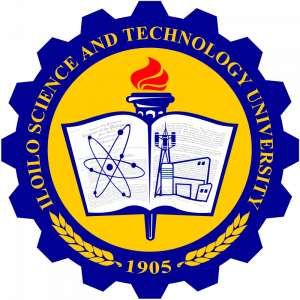
 The National Network of Quality Assurance Agencies Inc. (NNQAA, Inc.) doubled on its preparation for the first ever virtual awarding ceremony on September 30, 2021 via Zoom and Facebook live.
The National Network of Quality Assurance Agencies Inc. (NNQAA, Inc.) doubled on its preparation for the first ever virtual awarding ceremony on September 30, 2021 via Zoom and Facebook live.
 Dr. Angel Alcala, First CHED Chairman and Founding Chairman of NNQAA, Inc. Board of Trustees served as the guest speaker of the ceremony. Presently, the NNQAA leadership is chaired by Dr. Raymundo P. Arcega.
Dr. Angel Alcala, First CHED Chairman and Founding Chairman of NNQAA, Inc. Board of Trustees served as the guest speaker of the ceremony. Presently, the NNQAA leadership is chaired by Dr. Raymundo P. Arcega.
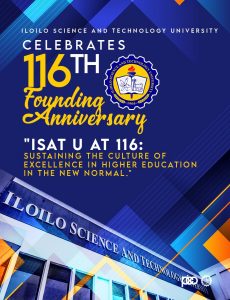 The celebration kicked off on September 8 with a thanksgiving mass officiated by Fr. Rex Fedelicio held at the Our Lady of Good Voyage Parish in Lapaz. It was then followed by an opening program featuring the rich history of the institution and its present trailblazing efforts. Day 1 ended with a Mathematics and Science Quiz Bowl in the afternoon.
The celebration kicked off on September 8 with a thanksgiving mass officiated by Fr. Rex Fedelicio held at the Our Lady of Good Voyage Parish in Lapaz. It was then followed by an opening program featuring the rich history of the institution and its present trailblazing efforts. Day 1 ended with a Mathematics and Science Quiz Bowl in the afternoon.
 September 7, 2021 – The Iloilo Science and Technology University together with the Extension Services Division (ESD) and the College of Education Graduate School signed a Memorandum of Agreement with the Department of Education Schools Division of Iloilo under its School Heads Academy Program (SHA).
September 7, 2021 – The Iloilo Science and Technology University together with the Extension Services Division (ESD) and the College of Education Graduate School signed a Memorandum of Agreement with the Department of Education Schools Division of Iloilo under its School Heads Academy Program (SHA).

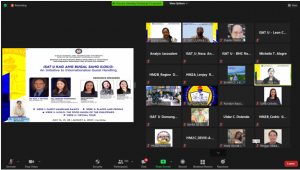 Dr. Raul F. Muyong, ISAT U President, welcomed the resource speakers during the plenary session on July 14, 2021 which started promptly at 8:00 oâclock in the morning. Mrs.Sofia Celeste E. Sarino â” Accredited Tour Guide of the Department of Tourism in Western Visayas, Ms. Angeline E. Basco â” Accredited Tour Guide of the Department of Tourism in Western Visayas and CIT NIA Coordinator of ISAT U, and Ms. Mona Luisa C. de Guzman – Accredited Tour Guide of the Department of Tourism in Western Visayas and Director of the Industry Linkages and Development Office of ISAT U were the three esteemed resource speakers of the webinar series.
Dr. Raul F. Muyong, ISAT U President, welcomed the resource speakers during the plenary session on July 14, 2021 which started promptly at 8:00 oâclock in the morning. Mrs.Sofia Celeste E. Sarino â” Accredited Tour Guide of the Department of Tourism in Western Visayas, Ms. Angeline E. Basco â” Accredited Tour Guide of the Department of Tourism in Western Visayas and CIT NIA Coordinator of ISAT U, and Ms. Mona Luisa C. de Guzman – Accredited Tour Guide of the Department of Tourism in Western Visayas and Director of the Industry Linkages and Development Office of ISAT U were the three esteemed resource speakers of the webinar series.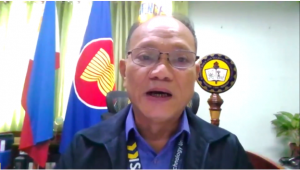 The national and international visitors to ISAT Uâs five campuses must be well received and afforded culturally relevant courtesies and considerations since the University values its many partnerships with higher education institutions, industry partners, and other stakeholders within the country and around the world.Creating and sustaining these national and international linkages means involving all employees of the University in trainings that could help improve their guest relations skills.
The national and international visitors to ISAT Uâs five campuses must be well received and afforded culturally relevant courtesies and considerations since the University values its many partnerships with higher education institutions, industry partners, and other stakeholders within the country and around the world.Creating and sustaining these national and international linkages means involving all employees of the University in trainings that could help improve their guest relations skills.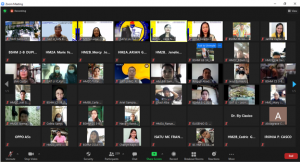 The Guest Handling webinar series aimed to train school personnel to have a common process and language when assisting guests and stakeholders.This allows the University to brand ISAT Uâs employeesâ interaction of excellent service which adds value to its name.Topics discussed on âGuest Handling Basics; Places and People; Iloilo: The Food Haven of the Philippinesâ and the virtual tour on the fourth installment of the webinar aimed to increase the non-teaching personnelâs motivation and engagement, improve their knowledge and skills set, and boost their confidence and morale as well.The local and international stakeholders are also beneficiaries of the training.The knowledge and skills learned from the webinar could increase guest satisfaction, improve cultural relations, sustain and further expand partnerships.The webinar also aimed to help increase international recognition, improve the reputation, standing and uniqueness of ISAT U in the international higher education arena which will ultimately make known the âtatak ISAT Uâ in Southeast Asia and beyond.
The Guest Handling webinar series aimed to train school personnel to have a common process and language when assisting guests and stakeholders.This allows the University to brand ISAT Uâs employeesâ interaction of excellent service which adds value to its name.Topics discussed on âGuest Handling Basics; Places and People; Iloilo: The Food Haven of the Philippinesâ and the virtual tour on the fourth installment of the webinar aimed to increase the non-teaching personnelâs motivation and engagement, improve their knowledge and skills set, and boost their confidence and morale as well.The local and international stakeholders are also beneficiaries of the training.The knowledge and skills learned from the webinar could increase guest satisfaction, improve cultural relations, sustain and further expand partnerships.The webinar also aimed to help increase international recognition, improve the reputation, standing and uniqueness of ISAT U in the international higher education arena which will ultimately make known the âtatak ISAT Uâ in Southeast Asia and beyond.  The second week of September 2021 marks the 116th founding anniversary celebration of ISAT U.
The second week of September 2021 marks the 116th founding anniversary celebration of ISAT U.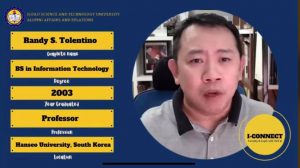 advocates a sense of belongingness and community, especially for the first-year college students, giving them a glimpse of their present and future. The video messages from the alumni included insights into the education in ISAT U and how the University contributed to the person they are now. Also, some shared tips on how to survive undergraduate studies and how to be successful in their respective
advocates a sense of belongingness and community, especially for the first-year college students, giving them a glimpse of their present and future. The video messages from the alumni included insights into the education in ISAT U and how the University contributed to the person they are now. Also, some shared tips on how to survive undergraduate studies and how to be successful in their respective fields, others reminisced what was, and all had expressed gratitude to their beloved alma mater. The I-Connect initiative unequivocally serves as a homage to the Iloilo Science and Technology University.
fields, others reminisced what was, and all had expressed gratitude to their beloved alma mater. The I-Connect initiative unequivocally serves as a homage to the Iloilo Science and Technology University.
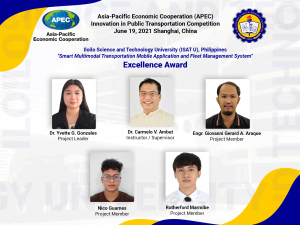

 partnerships through Memorandum of Agreement, Memorandum of Understanding and FOCs; (3) the External Affairs also initiates the faculty, staff and student international mobility making sure that no one is left behind among the stakeholders from all ISAT U campuses in terms
partnerships through Memorandum of Agreement, Memorandum of Understanding and FOCs; (3) the External Affairs also initiates the faculty, staff and student international mobility making sure that no one is left behind among the stakeholders from all ISAT U campuses in terms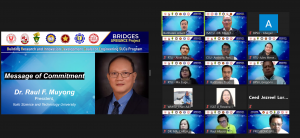
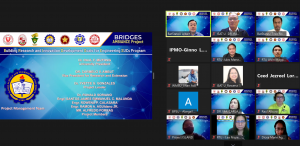 Dr. Gregorio J. Rodis, President, Bataan Peninsula State University, Dr. Anthony M. Penaso, President, Caraga State University, Dr. Manuel M. Muhi, President, Polytechnic University of the Philippines, Dr. Ma. Eugenia M. Yangco, President, Rizal Technological University, Dr. Carla A. Ochotorena, President, Western Mindanao State University and Engr. Albertson D. Amante, BRIDGES Focal Person and BatSU VP for Research and Extension Services were among those present during the said virtual gathering.
Dr. Gregorio J. Rodis, President, Bataan Peninsula State University, Dr. Anthony M. Penaso, President, Caraga State University, Dr. Manuel M. Muhi, President, Polytechnic University of the Philippines, Dr. Ma. Eugenia M. Yangco, President, Rizal Technological University, Dr. Carla A. Ochotorena, President, Western Mindanao State University and Engr. Albertson D. Amante, BRIDGES Focal Person and BatSU VP for Research and Extension Services were among those present during the said virtual gathering.




